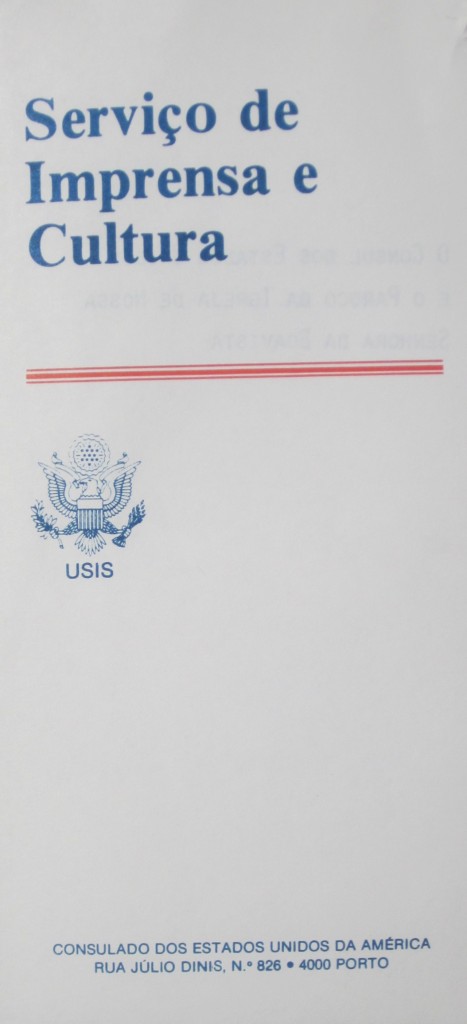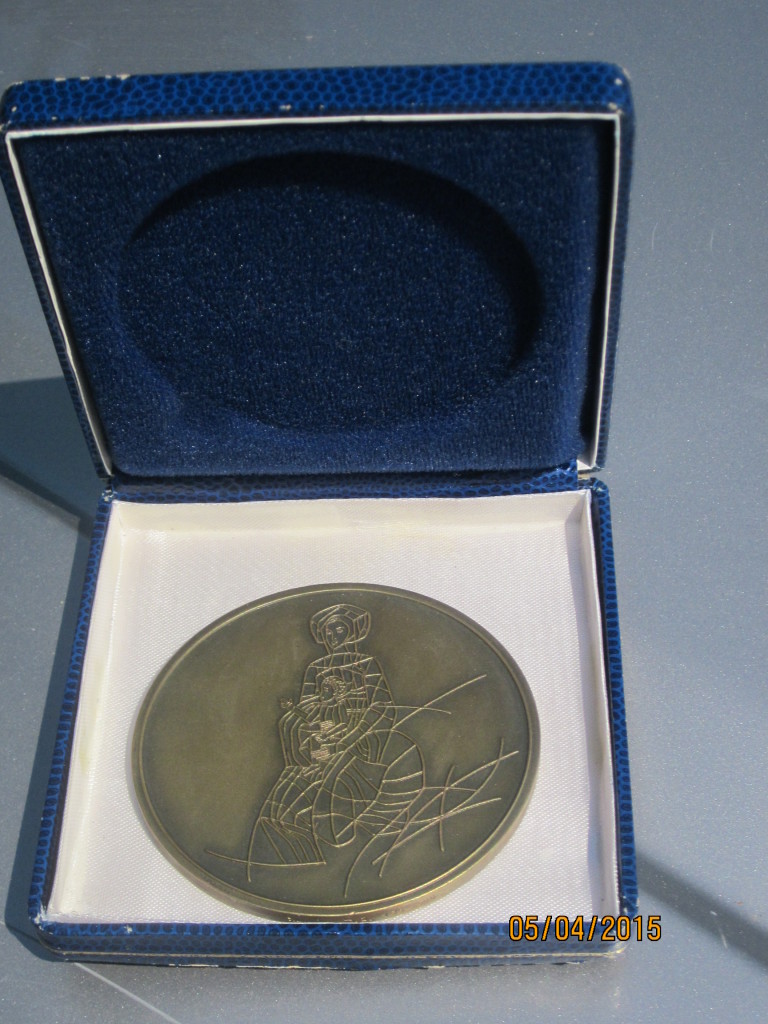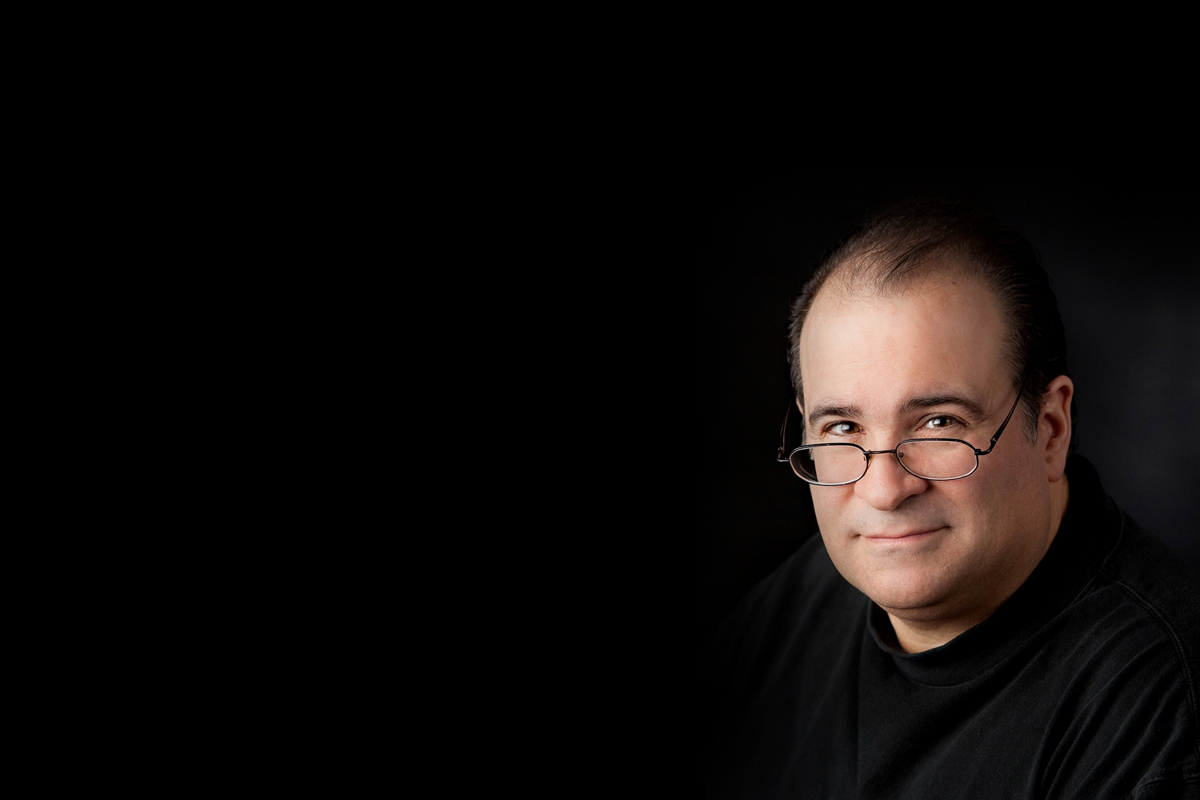#6 of 7 – BERTOLOZZI 1985 STATE DEPT CONCERT TOUR OF PORTUGAL
PORTO – July 26, 1985
 Porto (or Oporto in English) has an important organ in its cathedral. I was looking forward to this concert. However upon arrival at the consulate, I was told by Teresa the cultural attaché (also known as “Beluca”), that I’d be playing at a modern church with a modern organ. Not one of those old things. Well if you’re an organist you want to play one of those old things as long as they’re in good working order.
Porto (or Oporto in English) has an important organ in its cathedral. I was looking forward to this concert. However upon arrival at the consulate, I was told by Teresa the cultural attaché (also known as “Beluca”), that I’d be playing at a modern church with a modern organ. Not one of those old things. Well if you’re an organist you want to play one of those old things as long as they’re in good working order.
Anyway they took me to the parish church of Nossa Senhora da Boavista, a concete structure in a sort of elegant brutalist style, if you can imagine such a thing.
That’s when I saw the ‘modern” organ. It was not a pipe organ at all. It was a transistor home organ sitting in a small pit. Two offset keyboards with an octave of sawed-off pedals and probably a drum machine built in, I don’t remember. Without any exterior speakers, the sound was trapped around my legs in the pit.
This was not what I came to Portugal for.
I was dumbfounded that this would be considered an appropriate vehicle for a concert. During the course of about ten seconds the following conflicting things went through my head:
-
I can’t play here, this organ is beneath me. Depth of artistic expression? Hah, a joke!
-
But you have to play! You are a representative of your country, it would be ungracious to refuse
-
What would my teachers do? They surely would not play here
-
But the Consulate and church fathers were so proud to show you the organ and organize the concert. The posters are already all over town. Are you going to insult them?
I ultimately decided that if nothing else, I could use the practice, so just do the concert, keep your mouth shut and be a kind guest.
It was a tough situation. Arriving in the afternoon and playing that same evening, most of my repertoire just would not fit this organ with its two “F” compass manuals. A single “C” compass manual would have been better. I had to reconfigure a full half of my program. As for the stops, individual ones had some presence in the choked acoustic, but try to add three or more stops to build a new sound and it turned into mush.*
So as a full house came in and took their seats, I remained cheerful on the outside and mightily humbled & frustrated on the inside and knocked the concert out of the park as best I could, confident the crummy sound of this “organ” would chase half of them away at intermission.
They absolutley ate it up. Let me explain.
My guess is that this audience had either (a) never heard this organ at all, much less in concert music, or (b) never heard it played in anything other than in a liturgically supportive role, and it was hardly capable of that! And this was a sophisticated group of listeners, men and women dressed in suits and evening wear who not just looked worldly, but who sustained refined artistic conversations with me post-concert. The audience was extremely warm, enthused and grateful. The US Consulate couldn’t have been happier and I established a good reputation for the rest of my upcoming concerts in the north. I just don’t know…we connected on a level far higher than the circumstance had a right to. It was the human element that elevated this day in my life. And in the end, it wasn’t the organ that gave the concert…

Afterward, the ever gracious pastor, Giulio Carrara, treated Sheila and I to a great meal in the parish house and presented me with a gift. It was a bronze medal struck to commemorate the inauguration of the new church.


On the obverse is a silhouette of the building and the parish name and date.
The reverse side shows the image of Our Lady (Nossa Senhora) which features prominently in the church’s stained glass.
What a treasure.
What an unexpected experience.
© 2015 Blue Wings Press. All rights reserved
*This is a technical footnote for organists. With all its jargon it’s of little interest or intelligibility to a general readership
This severe handicap made me solve problems in new, innovative ways. Take the Farnam Toccata on “O Filii et Filiae.” While not a part of my programming for this tour, I had to jettison a lot of what I was planning and replace it with other music to keep the program to a requisite length. I thought this piece could work by dividing the arpeggios across the two manuals. However the usual huge registration called for just wasn’t going to work on this instrument. So turning its limitations into assets, I played the piece on a single 4′ Flute. Instead of the huge, rock-crushing sound associated with this work, the audience was treated to glittering rivulets zooming around their ears. And it worked! For the middle and end I added the lower 8′ octave to the chords for balance/contrast. It was the hit on the evening. The parish now has, since 2004, a modest pipe organ and I’d love to go back and try it out.
 Porto (or Oporto in English) has an important organ in its cathedral. I was looking forward to this concert. However upon arrival at the consulate, I was told by Teresa the cultural attaché (also known as “Beluca”), that I’d be playing at a modern church with a modern organ. Not one of those old things. Well if you’re an organist you want to play one of those old things as long as they’re in good working order.
Porto (or Oporto in English) has an important organ in its cathedral. I was looking forward to this concert. However upon arrival at the consulate, I was told by Teresa the cultural attaché (also known as “Beluca”), that I’d be playing at a modern church with a modern organ. Not one of those old things. Well if you’re an organist you want to play one of those old things as long as they’re in good working order.


